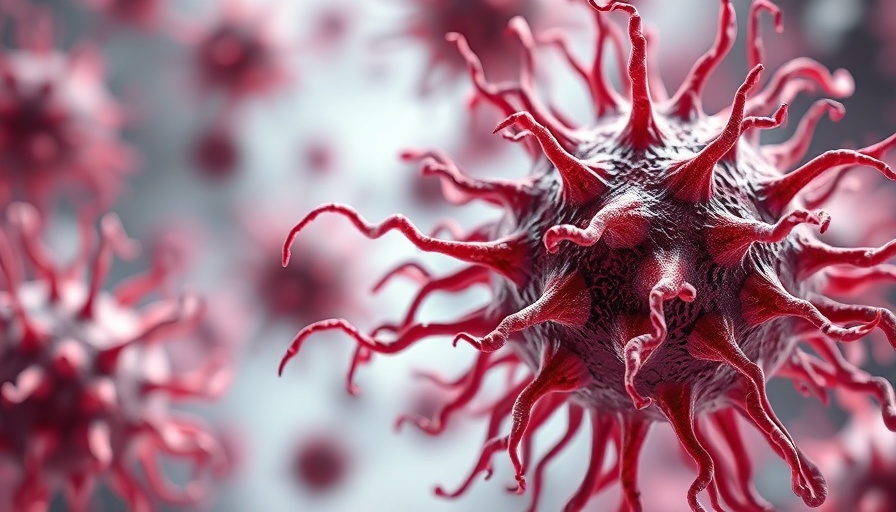
Unlocking the Secrets: Prostate Cancer Resistance Mechanisms Explained
Prostate cancer remains a leading health concern, especially for men between the ages of 35 and 55. Recent studies have begun revealing the intricate mechanisms that contribute to prostate cancer's resistance to treatments. Understanding these biological processes is essential in order to improve treatment outcomes and, ultimately, patient survival rates. This article dives into the latest research findings, aiming to empower men to take charge of their health.
What Are Resistance Mechanisms?
Resistance mechanisms refer to the ways in which cancer cells evade the effects of treatments. These behaviors are particularly vital to understand in the context of prostate cancer as they influence how effectively therapies work. Emerging data shows that prostate cancer cells can adapt to treatments, often leading to recurrent disease, which can be devastating for patients.
Recent Findings: A Breakthrough in Prostate Cancer Research
Recent studies have identified various factors that contribute to the resistance of prostate cancer cells. For instance, mutations within specific genes and alterations in metabolic pathways can create an environment where prostate cancer thrives, making it less responsive to standard treatments. This emphasizes the need for a deeper understanding of genetic predispositions and metabolic processes specific to prostate cancer.
Knowledge is Power: Why This Research Matters
For men falling within the target demographic—especially those who might be asymptomatic or unaware of their risk status—understanding these resistance mechanisms is crucial. With men's health being often overlooked, this knowledge can serve as a wake-up call. Prostate cancer isn't just a disease of the elderly; young men should be mindful of screening and lifestyle choices that could impact their risk.
A Closer Look at What’s Next: Future Treatments on the Horizon
The discoveries from ongoing research give hope for developing more effective treatment strategies. There’s a growing integration of personalized medicine, where treatment regimens could be tailored based on a patient’s specific genetic makeup and cancer characteristics. This shift could potentially transform prostate cancer management. Additionally, advancing research focused on combination therapies is promising, as it may overcome resistance by attacking the cancer on multiple fronts.
Empowerment Through Awareness: The Role of Lifestyle Choices
Alongside advances in medical research, men can actively participate in their health journey. Certain lifestyle choices—such as maintaining a balanced diet, engaging in regular physical activity, and reducing stress—are integral in influencing overall health and wellness, even for those who may fall into higher risk categories. Staying informed about one’s own risk factors can foster a proactive approach, encouraging individuals to consult healthcare providers without hesitation.
What More Can You Do? Proactive Steps to Consider
One of the most significant proactive steps men can take is to have open conversations with their healthcare providers about prostate cancer screening. Tools such as the prostate-specific antigen (PSA) test can be vital, particularly for those with a family history of prostate cancer. By knowing the risks, individuals can make informed decisions and take action sooner if necessary.
Conclusion: Take Charge of Your Health Today
In summary, understanding prostate cancer resistance mechanisms reveals critical insights into the ever-evolving landscape of cancer treatment. As more research unfolds, empowering yourself with knowledge and making proactive lifestyle choices can lead to better health outcomes. Don’t wait for symptoms to arise; schedule a discussion with your doctor about prostate cancer screening and how you can best safeguard your health.
By staying informed and actively engaging in one’s health, men in their 30s to 50s can not only improve their overall wellness but also contribute to early detection and effective management of prostate cancer. Your health is in your hands; take action today!
 Add Row
Add Row  Add
Add 




Write A Comment